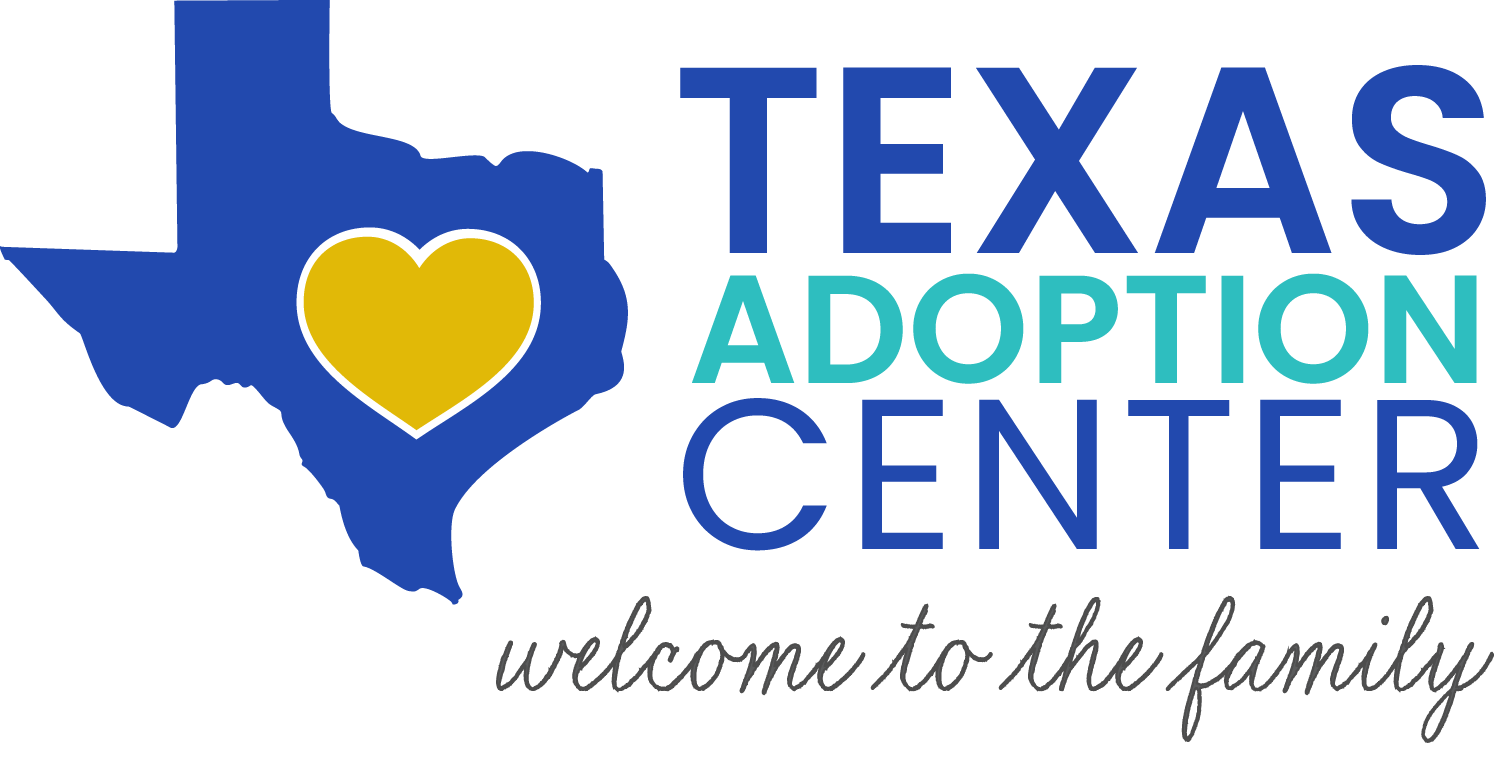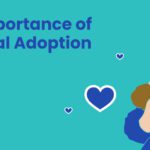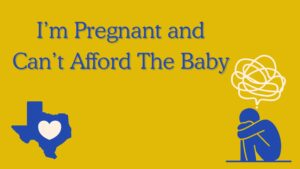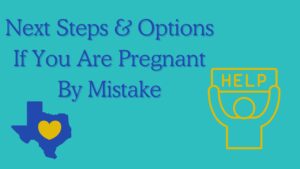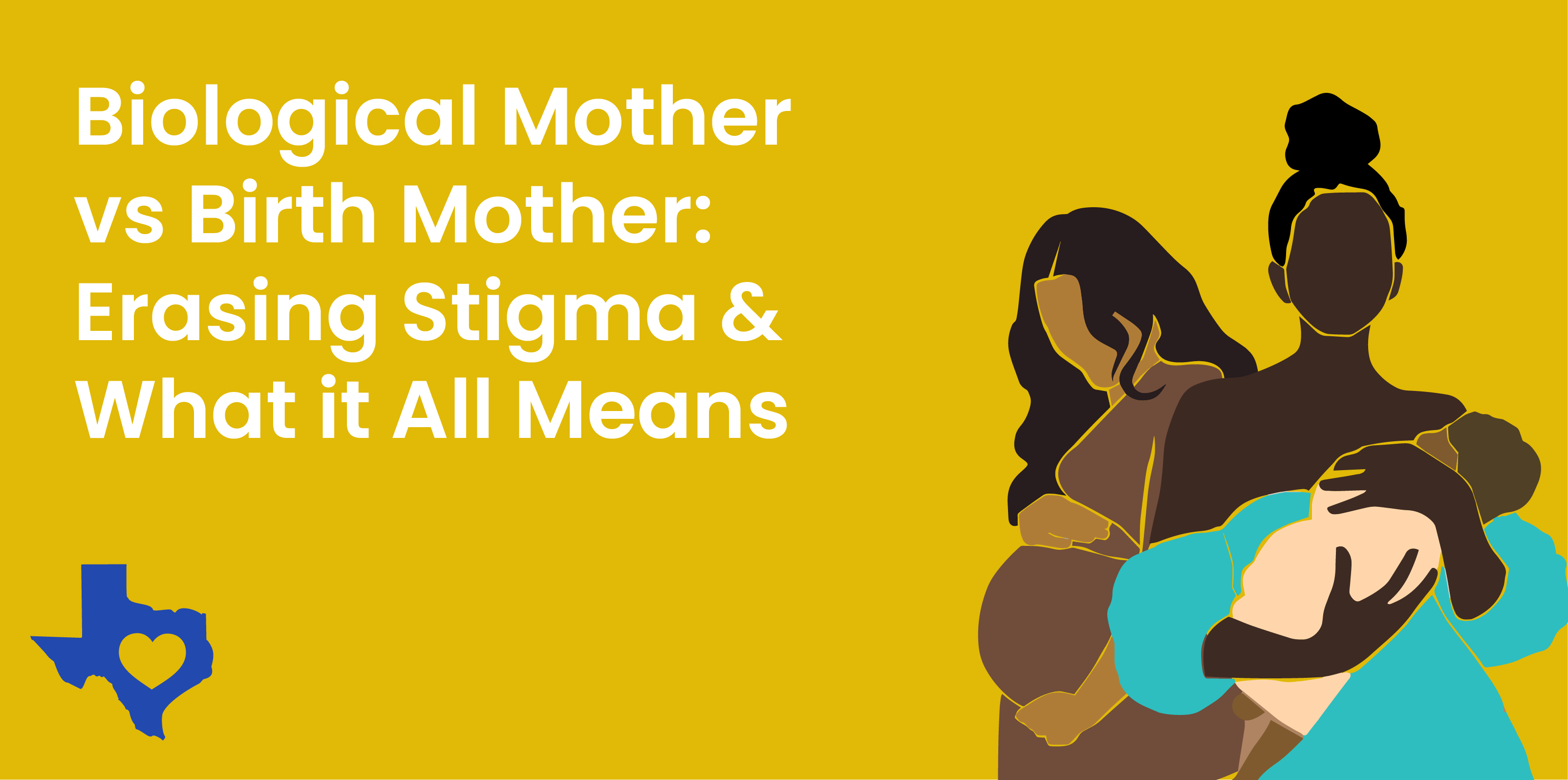
The terms “biological mother” and “birth mother” are often used interchangeably, yet they carry different connotations depending on the context. Both terms refer to the woman who gives birth to a child, but the nuances of their meanings can impact how we perceive the roles these women play in adoption and society.
This article will explore the definitions of these terms, emphasize the importance of person-first language, and honor the significant role of the birth mother in the adoption process.
Defining “Biological Mother” and “Birth Mother”
Both birth parents, expectant mothers/parents, and hopeful adoptive parents are empowered on what language and terms to use.
Biological Mother
A biological mother is a woman who contributes half of a child’s genetic material and gives birth to the child. The term “biological” focuses on the genetic connection between the mother and child. This term is often used in medical or scientific contexts to describe the relationship without delving into the social or emotional aspects of motherhood. The child’s father may be referred to as the biological father, as well.
Similarly, “natural mother” is inappropriate as there’s no such thing as one single natural mother in adoption.
Birth Mother
A birth mother is a woman who gives birth to a child and may choose to place that child for adoption. This term emphasizes the act of giving birth and is often used within the context of adoption to distinguish the woman who gave birth from the adoptive mother. The term “birth mother” or “birth mom” (or even “birth parent”) acknowledges her role in bringing the child into the world and, when applicable, making the courageous decision to place the child with an adoptive family.
Other Types of Mothers
There are many types of mothers in this world and we should use correct and considerate terms for everyone. Let’s normalize using specific, person-first language in everyday life. From adoptive mothers, to stepmothers, to chosen mothers, to birth mothers — every woman deserves to be referred to with respect and care.
Person-First Language: Why It Matters
Person-first language is a communication approach that places the individual before their circumstances or roles. Instead of defining a pregnant woman solely by a specific characteristic or action, this approach recognizes pregnant women as a whole, respecting their dignity and individuality.
When discussing adoption, using person-first and positive adoption language is crucial in honoring the birth mother as more than just a participant in the adoption process. Terms like “woman who chose adoption” or “mother who chose adoption” emphasize her personhood and the thoughtful decision she made.
Person-first language helps to erase stigma by reminding us that these women are not defined by their choice to place a child for adoption. They are individuals with unique stories, emotions, and reasons behind their decisions. This approach fosters empathy, understanding, and respect, which are essential in addressing the complexities of adoption.
The Honored Role of the Birth Mother in Adoption
The role of the birth mother in the adoption process is profound and should be recognized with the utmost respect. Choosing adoption is often a deeply personal and challenging decision, made with the best interests of the child in mind.
Birth mothers are integral to the adoption journey. They provide the foundation for the child’s life, and their decision allows adoptive families to experience the joys and responsibilities of parenthood. This choice is a gift, and it should be honored as such.
Erasing Stigma: Changing the Narrative
The stigma surrounding the terms “biological mother” and “birth mother” often stems from societal misconceptions about adoption. Some people may mistakenly view birth mothers as women who “gave up” their children, failing to recognize the immense love and selflessness behind their decisions.
To erase this stigma, it’s essential to shift the narrative. Use the following techniques to help erase the stigma:
- Use respectful and person-first language: We can challenge negative stereotypes and promote a more compassionate understanding of adoption.
- Acknowledge the birth mother’s strength: We must praise the courage it takes to choose adoption, celebrating her role in creating and nurturing life for the child.
- Correct misunderstandings: We must explain the importance of using the right terms to others.
Using positive adoption language also helps an adopted child view their story through a complete and wholesome lens. Adopted children had an adoption plan and were lovingly placed with their families.
Embracing Respect and Understanding At Texas Adoption Center
The terms “biological mother” and “birth mother” may seem synonymous, but the context in which they are used can influence perceptions. Together, we can work toward a more inclusive and respectful conversation around adoption.
Erasing stigma is a collective effort that begins with language and extends to how we treat and think about birth mothers and expectant mothers.
Considering Adoption? Texas Adoption Center Is Here for You.
If you’re an expectant mother exploring your options, know that you don’t have to make this journey alone. Texas Adoption Center is here to support you with compassion, respect, and understanding. We offer personalized guidance to help you make the best decision for you and your baby.
Your strength and love are the foundation of your journey — let us help you navigate it with care.
